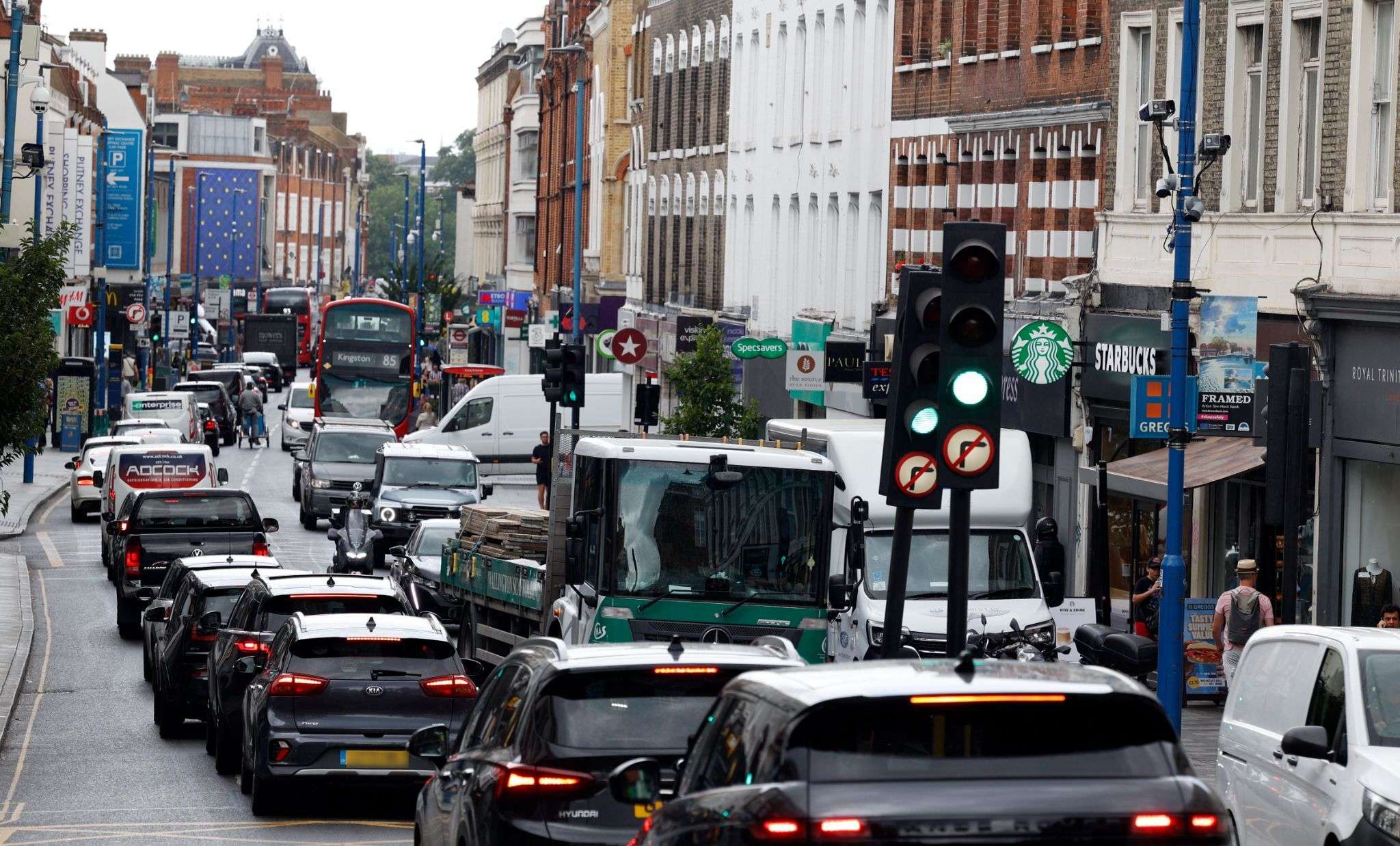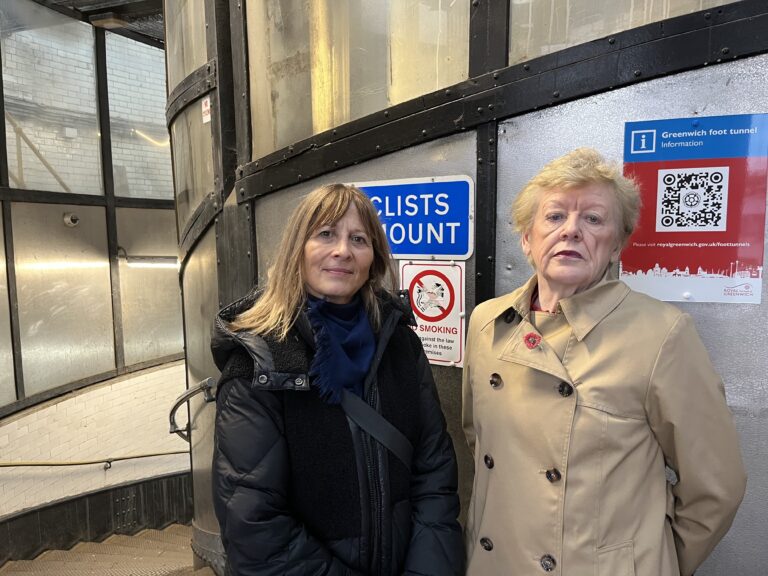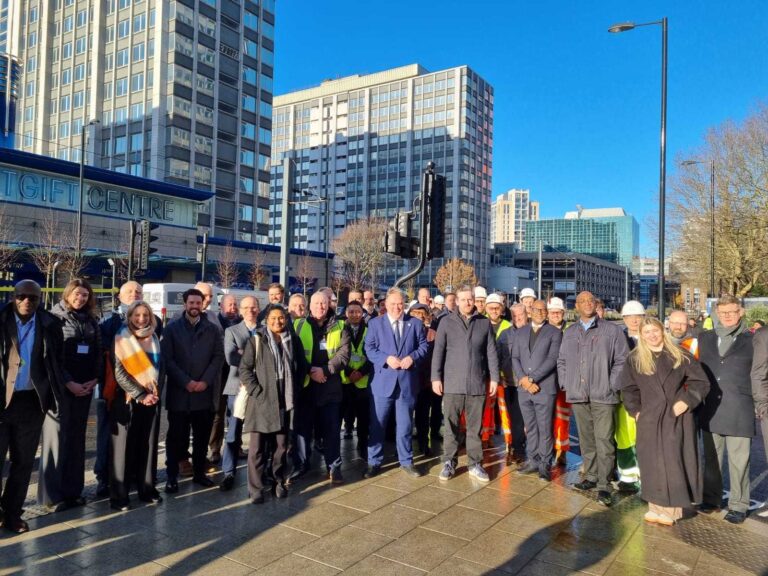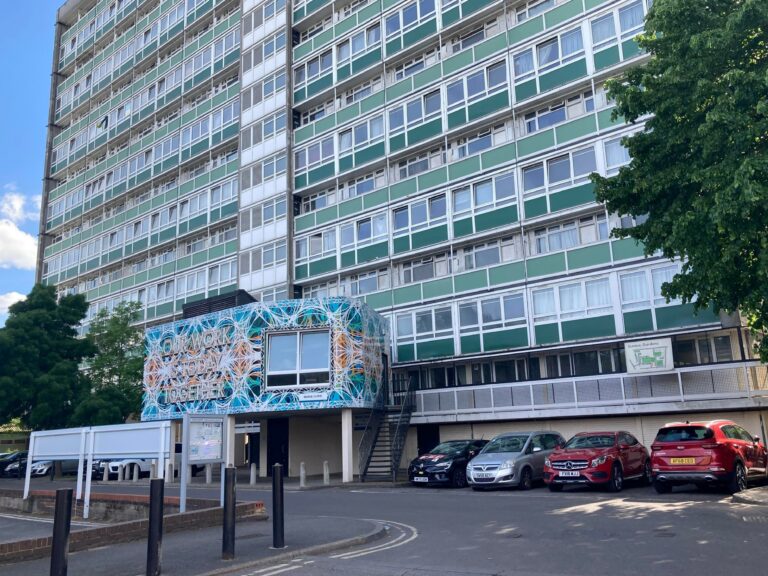Further improvements to a South London high street that sits on the “most congested” route in the capital have been revealed.
Wandsworth Council has finalised proposals, building on previous works, to improve Putney High Street for pedestrians and cyclists.
The high street sits on the route named as the most congested in the capital in 2022, according to a report published by traffic researchers INRIX in January.
The report identified the Fulham Road to Morden Hall Road stretch of the A219 southbound, including the high street, as London’s “most congested” route in 2022.
Drivers spent an average of 47 hours a year sitting in traffic on the stretch, it added.
The council is carrying out, and developing, schemes to improve the high street, including its air quality, safety, function, attractiveness and sustainable transport.
Improvements to the initial section between Upper Richmond Road and Putney Bridge Road have been completed, including pavement widening, new paving, continuous pavement crossings, extra cycle parking and improved traffic signals at the junction with Chelverton Road.
A fresh council report said extensive traffic modelling and design work had been carried out on the remaining works, focussing on the section between Putney Bridge Road and Lower Richmond Road. It said Transport for London (TfL) had given final sign-off on the proposals, and that detailed design and procurement was underway for works to start on site in January next year.
The works include reducing the number of crossing stages at the Lower Richmond Road junction, a northbound cycle lane between Felsham Road and Lower Richmond Road and provision for cyclists to turn left from Putney Bridge Road and then right into Felsham Road to provide a “quiet alternative westbound route”.
The addition of a northbound bus lane over the majority of Putney Bridge to improve facilities for cyclists and bus journey times is also included, along with widening the pavement on Lower Richmond Road between the eastbound bus stop and Putney Bridge junction, a wider northbound carriageway at the start of Putney Bridge to enable two running lanes and a southbound cycle feeder lane at the junction with Putney Bridge Road.
The report said the design process had been “lengthy” but this was “necessary to ensure the most beneficial design was achieved for pedestrians and cyclists”.
It said air quality on the high street had improved over the last six years, with nitrogen oxide levels dropping by around 50per cent between 2015 and 2022.
The report added: “The proposed improvements to walking and cycling detailed in this paper build on the good work so far in improving the local environment and air quality whilst also safeguarding bus journey times.”
The council’s transport committee discussed the plans on September 21.
Labour councillor Annamarie Critchard said she was pleased to see air quality on the high street had improved, which she felt was partly due to TfL upgrading local buses, and hoped to see further improvements.
She said: “The main problem with Putney High Street is it points the wrong way as far as the prevailing winds are concerned, but we obviously can’t resolve that.”
Nick O’Donnell, the council’s assistant director of traffic and engineering, said TfL was “rolling out improved emission buses all the way through and electric vehicles”.
He said: “The rollout is still in place, not every bus on Putney High Street is where we want it to be, but there has been significant improvements to that fleet and that has been a massive contributory factor in recent years, and obviously we’ve tried to complement that.”
The committee approved progressing the works to detailed design and implementation at the meeting, which will go to the executive for a final decision on September 25.






